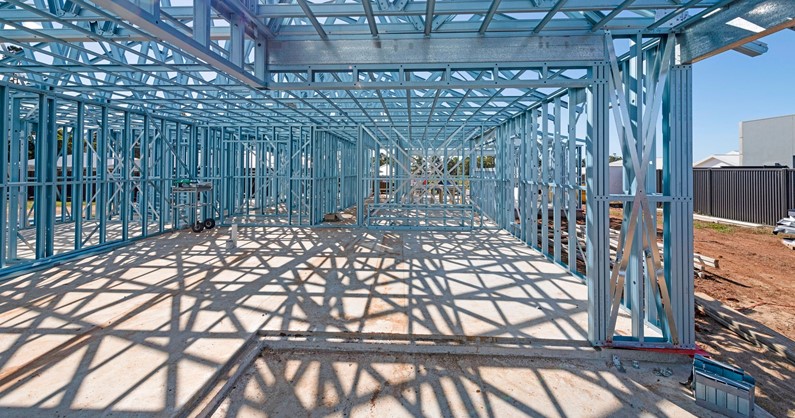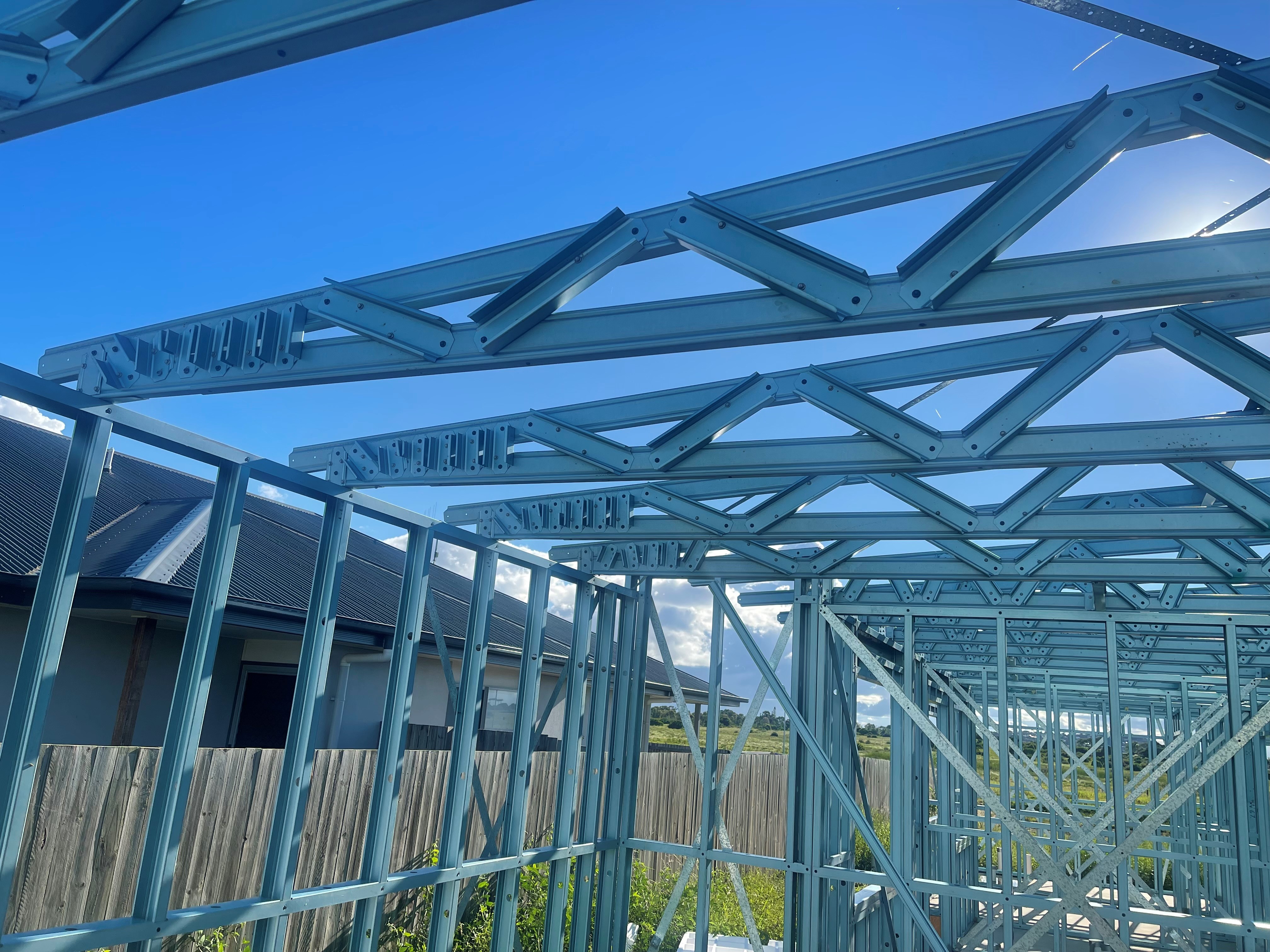Sustainability and Vested Interest in Steel Framing Buildings

Sustainability has become an increasingly important topic in recent years, as people become more aware of the impact that human activities have on the environment. One area where sustainability has a particularly important role to play is in the construction industry. Steel framing buildings have become increasingly popular in recent years, and for good reason. They offer a range of benefits over traditional construction materials, including increased durability, improved energy efficiency, and a reduced carbon footprint.
One of the main reasons for the growing popularity of steel framing buildings is the fact that they are more sustainable than traditional construction materials. Steel is highly recyclable material, which means that it can be used again and again without loosing its strength or structural integrity. This is important because it means that steel can be used to build structures that are more durable and longer lasting than those constructed using traditional materials.
Another important benefit of steel framing buildings is their improved energy efficiency. Steel is an excellent conductor of heat, which means that it can be used to create buildings that are better insulated and more energy-efficient than those constructed using traditional materials. This can help to reduce energy consumption and lower carbon emissions, which is important for both the environment and the economy.
Of course, like any technology, there are vested interests that can impact the adoption of steel framing buildings. Traditional construction materials such as wood and concrete have long-established supply chains and networks of supplies and manufacturers. As a result, there may be some resistance to the adoption of new materials like steel, particularly if it means disrupting existing business models or supply chains.
However, its important to remember that the benefits of steel framing buildings are clear. Not only are they more sustainable and energy-efficient than traditional construction materials, but they also offer greater flexibility in terms of design and construction. This means that they can be used to create a wide range of structures, from small residential homes to large commercial buildings.
Ultimately, the adoption of steel framing buildings will depend on a range of factors, including cost, availability, and public opinion. However, as people become more aware of the benefits of sustainable construction practices, it seems likely that we will see increased adoption of steel framing buildings in the years to come.
In conclusion, steel framing buildings offer a range of benefits over traditional construction materials, including increased durability, improved energy efficiency, and a reduced carbon footprint. While there may be vested interests that could impact their adoption, it's important to remember that sustainable construction practices are essential for the health of our planet and our economy. By embracing new technologies like steel framing buildings, we can create a more sustainable and prosperous future for ourselves and future generations.


